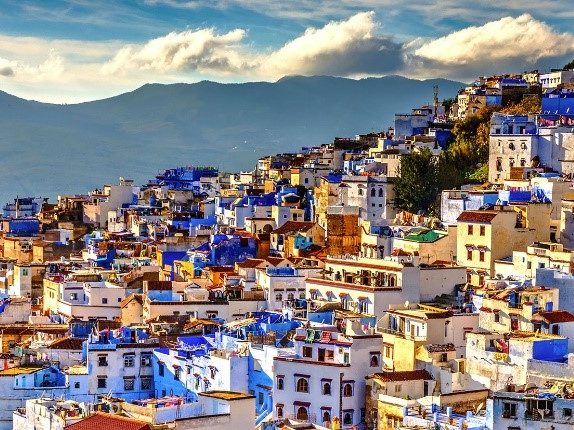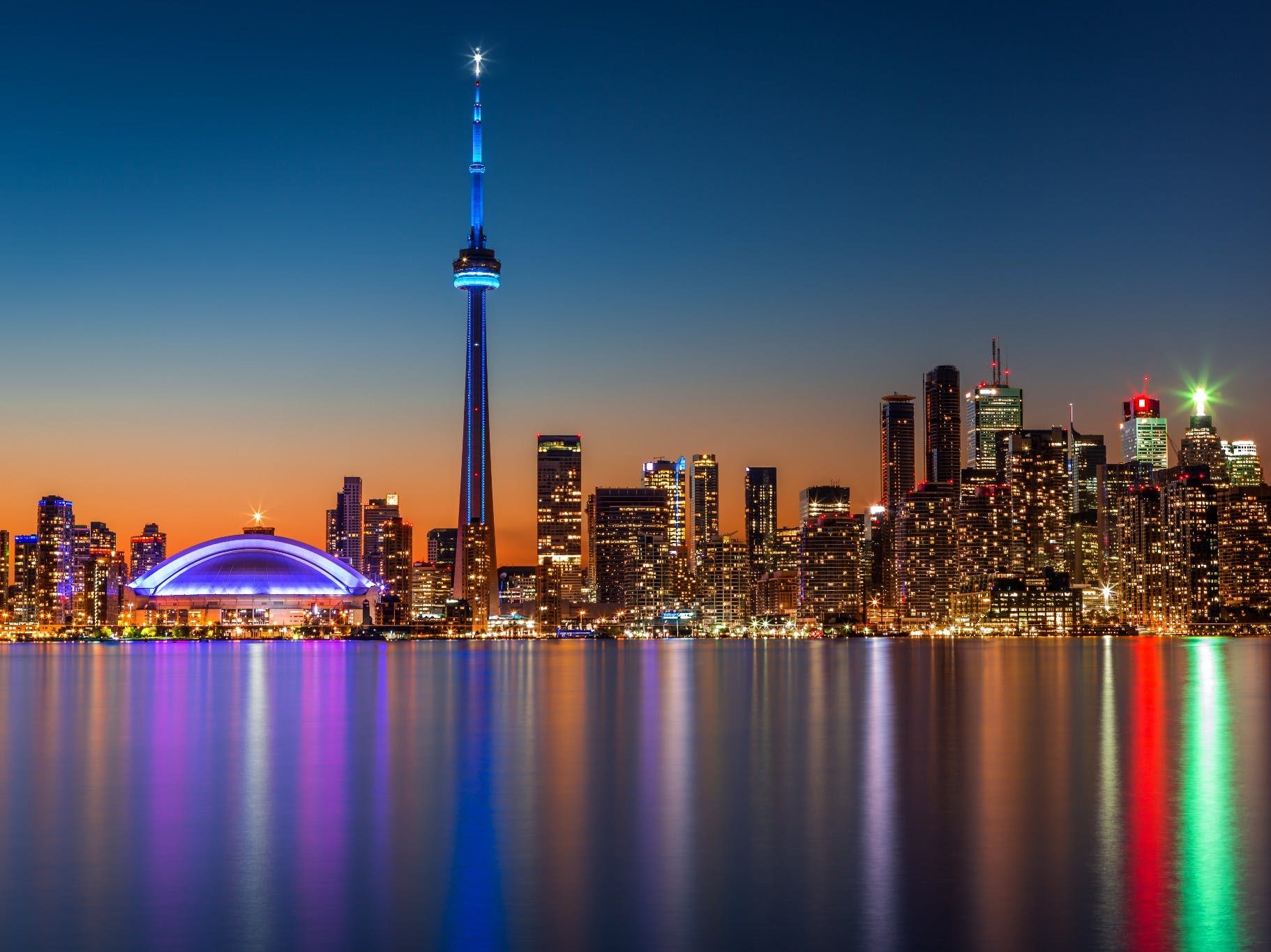Cancún
ancun is a city in southeast Mexico on the northeast coast of the Yucatán Peninsula in the Mexican state of Quintana Roo. It is a significant tourist destination in Mexico and the seat of the municipality of Benito Juárez. The city is on the Caribbean Sea and is one of Mexico’s easternmost points.
Cancún is just north of Mexico’s Caribbean coast resort area known as the Riviera Maya.
History
In the years after the Conquest, much of the Maya population died or left as a result of disease, warfare, piracy, and famines, leaving only small settlements on Isla Mujeres and Cozumel Island.
When development of the area as a resort was started on January 23, 1970, Isla Cancún had only three residents, all caretakers of the coconut plantation of Don José de Jesús Lima Gutiérrez, who lived on Isla Mujeres. Some 117 people lived in nearby Puerto Juárez, a fishing village and military base.
Due to the reluctance of investors to gamble on an unknown area, the Mexican federal government financed the first nine hotels.
The city began as a tourism project in 1974 as an Integrally Planned Center, a pioneer of FONATUR (Fondo Nacional de Fomento al Turismo, National Fund for Tourism Development), formerly known as INFRATUR. Since then, it has undergone a comprehensive transformation from being a fisherman’s island surrounded by virgin forest and undiscovered shores to being one of the two most well-known Mexican resorts, along with Acapulco.
Most ‘Cancunenses’ are from Yucatán and other Mexican states. A growing number are from the rest of the Americas and Europe. The municipal authorities have struggled to provide public services for the constant influx of people, as well as limiting squatters and irregular developments, which now[when?] occupy an estimated ten to fifteen percent of the mainland area on the fringes of the city.
Climate
Cancún has a tropical climate, specifically a tropical wet and dry climate (Köppen Aw), with little temperature difference between months, but pronounced rainy and dry seasons. The city is hot year-round, and moderated by onshore trade winds, with an annual mean temperature of 27.1 °C (80.8 °F). Unlike inland areas of the Yucatán Peninsula, sea breezes restrict high temperatures from reaching 36 °C (97 °F) on most afternoons. Annual rainfall is around 1,340 millimeters (52.8 in), falling on 115 days per year.
The rainy season runs from May through late October, when hot temperatures, high humidity, and quick, but intense summer thundershowers are common. The dry season normally begins in December and runs through April, when more temperate conditions occur as the northeast trade winds bring northerly breezes, sunshine, and relative humidity is lowest. The hotel zone juts into the Caribbean Sea and is therefore surrounded by ocean keeping daytime temperatures around 1 to 2 °C (1.8 to 3.6 °F) cooler. Windspeeds are higher than at the airport located some distance inland, which is the official meteorological station for Cancún, averages as shown below.
Thanks to the Yucatán current continually bringing warm water from further south, the sea temperature is always very warm, with lows of 79 °F (26 °C) in winter and highs of 84 °F (29 °C) in summer.
Transportation
Cancún is served by the Cancún International Airport with an added main runway that commenced operation as of October 2009. It has many flights to North America, Central America, South America, and Europe. It is located on the northeast of the Yucatán Peninsula serving an average of about fifteen million passengers per year. The airport is located around 20 km (12 mi) from the hotel zone, approximately a 20 minute trip by car.[38] The island of Isla Mujeres is located off the coast and is accessible by ferry from Puerto Juárez and Playa Tortugas in the Hotel Zone.
Cancún is also served by three private bus lines that connect it to the downtown area and the “hotel zone” as well as more distant destinations such as Playa del Carmen and Tulum.
The Tren Maya, under construction as of January 2021, would connect Cancún to Palenque, Chiapas with intermediate stops on the Yucatán peninsula.
Categories: Central America & Caribbean
More Lifehack Videos





